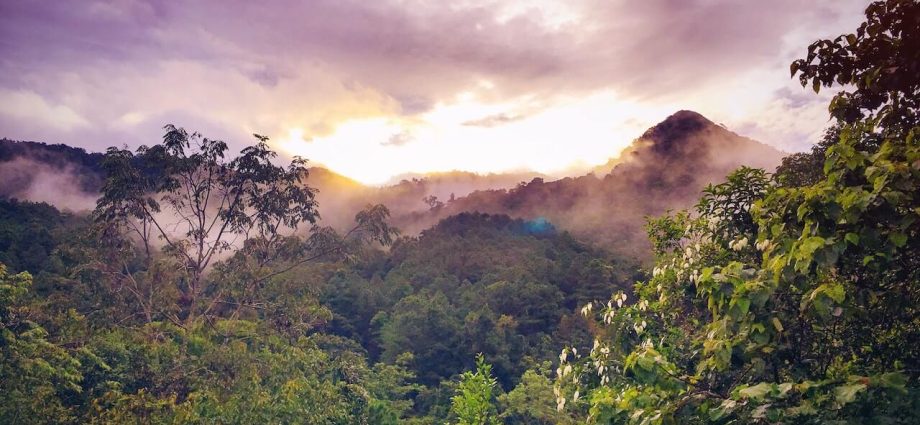The rainforests of Malaysia are among the most diverse and ecologically important ecosystems in the world. Located in Southeast Asia, Malaysia is home to vast expanses of lush rainforests that teem with an incredible array of flora and fauna. These rainforests are not only a natural treasure but also provide numerous ecosystem services and play a crucial role in maintaining global biodiversity.
Malaysia’s rainforests are primarily found in two regions: the states of Sabah and Sarawak on the island of Borneo and the peninsula that stretches southward towards Singapore. These rainforests are part of the larger Indo-Malayan rainforest, which is one of the oldest rainforests on Earth.
The rainforests of Malaysia are characterized by their towering canopies, dense vegetation, and abundant rainfall. They receive an average of 2,500 to 3,000 millimeters of rainfall annually, creating a humid and tropical climate. The high levels of rainfall support the growth of an incredible variety of plant species, making Malaysia’s rainforests a botanical paradise.
Within these rainforests, one can find an astonishing range of plant life, including towering dipterocarp trees, orchids, pitcher plants, ferns, and countless other species. The dense vegetation provides a complex network of habitats for an immense diversity of animal species. Malaysia’s rainforests are home to iconic creatures such as orangutans, tigers, elephants, proboscis monkeys, hornbills, and countless reptiles, amphibians, and insects.
The rainforests of Malaysia are not only valuable for their biodiversity but also for the critical ecosystem services they provide. They help regulate the regional climate by storing vast amounts of carbon, thereby mitigating climate change. The rainforests also act as natural water catchment areas, maintaining water quality and regulating water flow in rivers and streams. They play a crucial role in preventing soil erosion, maintaining soil fertility, and protecting against natural disasters such as floods and landslides.
However, like many other rainforests around the world, Malaysia’s rainforests face numerous threats. Commercial logging, agriculture, including palm oil plantations, illegal wildlife trade, and habitat fragmentation are some of the key challenges. These activities have led to deforestation and habitat loss, posing a significant risk to the unique biodiversity of the region.
Efforts are being made by the Malaysian government, conservation organizations, and local communities to protect and conserve the rainforests. Several national parks and protected areas have been established, such as Taman Negara, Gunung Mulu National Park, and Kinabalu National Park. These protected areas serve as important havens for endangered species and provide opportunities for ecotourism, research, and education.
Furthermore, sustainable practices such as responsible logging and the promotion of sustainable agricultural practices are being encouraged. Efforts are also underway to raise awareness about the importance of rainforest conservation among the general public and to involve local communities in conservation initiatives.
Preserving Malaysia’s rainforests is not only crucial for the country but also for the global community. These rainforests harbor an unparalleled wealth of biodiversity and provide invaluable ecosystem services such as sustainable resorts that benefit both humans and the environment. By protecting and managing these rainforests sustainably, Malaysia can serve as a shining example of responsible environmental stewardship and ensure the survival of these precious ecosystems for future generations.
